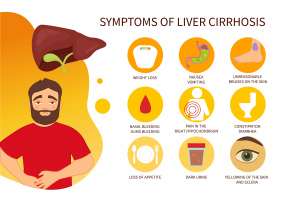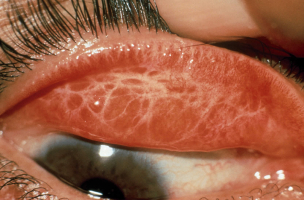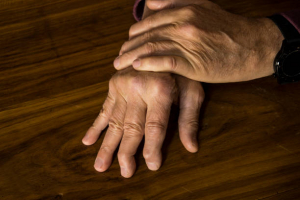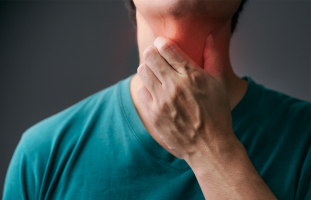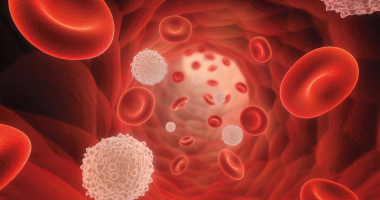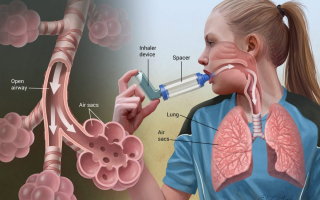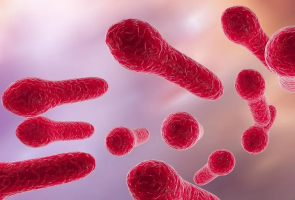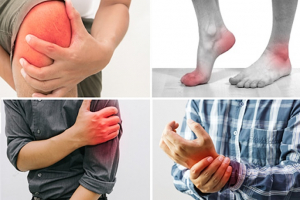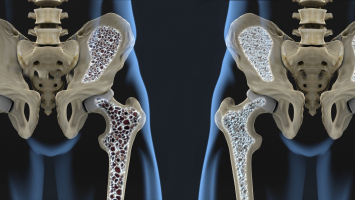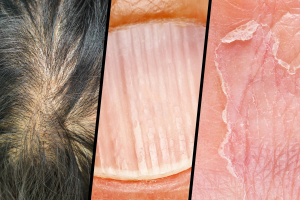Top 10 Signs and Symptoms of Lyme Disease
Lyme disease is an underreported, understudied, and frequently devastating illness spread by spirochete bacteria. Most Lyme disease patients who are treated ... read more...immediately with three weeks of antibiotics have a fair prognosis. Every person reacts differently to the Lyme bacterium. You may be experiencing any or all of these symptoms. The degree of your symptoms may also differ. Lyme disease affects several systems. The following is a list of the most frequent Lyme disease signs and symptoms.
-
A Lyme tick bite produces a rash that resembles a solid red oval or a bull's-eye. It can manifest itself anywhere in your body. A core red spot is surrounded by a clear circle with a broad red circle on the exterior of the bull's-eye. The rash is generally flat and does not itch. The rash indicates that the virus has moved to your skin tissues. Even if you don't get treated, the rash will spread and then go away. Thirty percent or more of Lyme disease patients do not recall experiencing the rash.
Even fewer people recall having a tick attached to them. Estimates range from 20% to 50%. Tick nymphs are the size of poppy seeds, and their bites are often missed. Within 3 to 30 days, the first red rash occurs at the location of the bite. As the bacterium spreads through tissues, similar but lesser rashes may emerge three to five weeks later. The rash is sometimes only a red splotch. The rash might sometimes appear in different forms, such as a raised rash or blisters. If you do acquire a rash, take a picture of it and contact your doctor right away to get it treated.
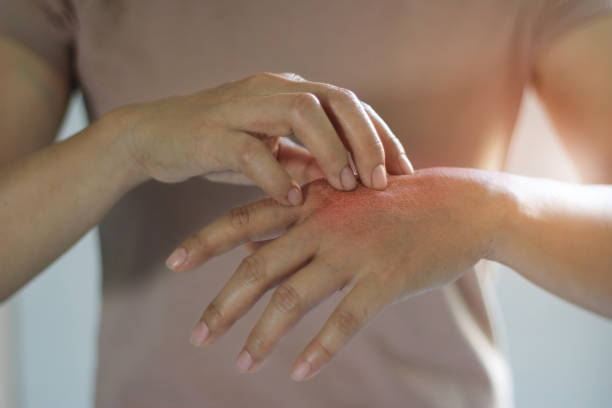
Rashes 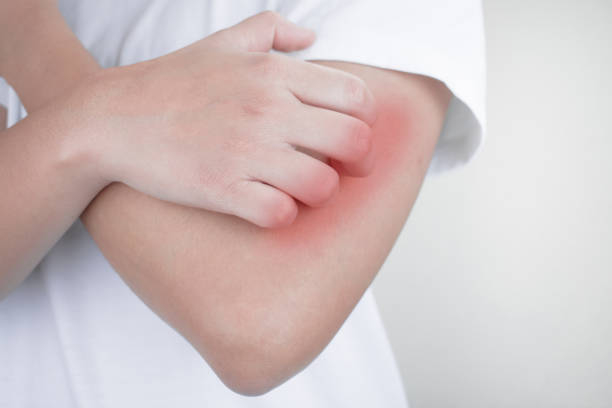
Rashes -
Whether or not you see the tick bite or the classic Lyme rash, your early symptoms are likely to be flu-like. Symptoms are frequently cyclical, with peaks and valleys every few weeks. The most common symptoms are tiredness, weariness, and a lack of vitality. Lyme fatigue may appear to be distinct from typical weariness, which can be attributed to exercise. This exhaustion appears to overtake your body and might be severe. You may discover that you need to nap during the day, or that you need to sleep for one or more hours longer than normal.
In one research, around 84 percent of children with Lyme disease felt weariness. In a 2013 study of Lyme disease adults, 76% experienced weariness. Lyme-related tiredness is occasionally misinterpreted as chronic fatigue syndrome, fibromyalgia, or depression. Fatigue can be incapacitating in some Lyme disease instances.

Fatigue 
Fatigue -
Early Lyme symptoms include joint pain and stiffness, which are frequently intermittent. The joints in your body may be inflamed, warm to the touch, painful, and swollen. Some joints may be stiff and have a limited range of motion. The pain may shift. Sometimes your knees hurt, and other times your neck or heels pain. Bursitis is another possibility. Bursae are tiny cushions that sit between the bone and the surrounding tissue. The discomfort may be severe or very temporary. It is possible that more than one joint will be damaged. The major joints are frequently affected.
Joint disorders are frequently blamed on age, heredity, or sports. According to these figures, Lyme disease should be included in that list:
- One study estimates that 80 percent of people with untreated Lyme have muscle and joint symptoms.
- Fifty percent of people with untreated Lyme have intermittent episodes of arthritis.
- Two-thirds of people have their first episode of joint pain within six months of the infection.
- The use of anti-inflammatory drugs may mask the actual number of people with joint swelling
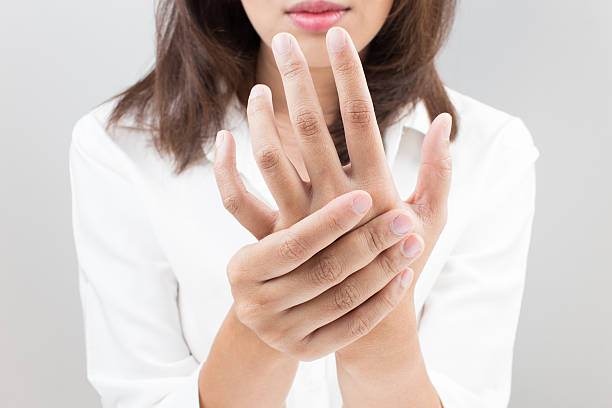
Achy, stiff, or swollen joints 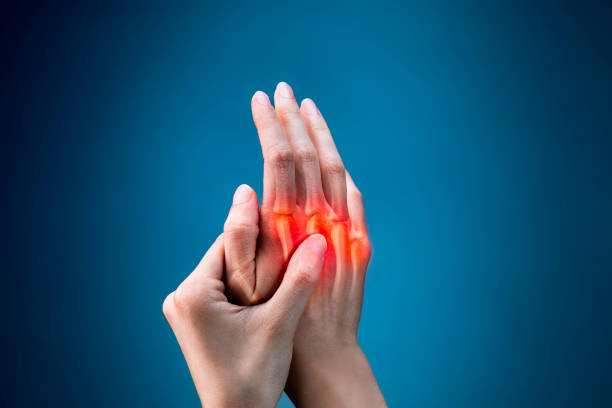
Achy, stiff, or swollen joints -
Headaches, dizziness, fever, muscular soreness, and malaise are among frequent flu-like symptoms. Within a week of infection, almost half of persons with Lyme disease experience flu-like symptoms. Your symptoms may be mild, and you may not associate Lyme disease with them. When fever arises, for example, it is typically mild. In fact, distinguishing Lyme flu symptoms from those of normal flu or viral infection can be challenging. However, unlike the viral flu, the Lyme flu-like symptoms of some people come and go.
Here are some figures from several Lyme disease studies:
- Seventy-eight percent of children in one study reported headaches.
- Forty-eight percent of adults with Lyme in one study reported headaches.
- Fifty-one percent of children with Lyme reported dizziness.
- In a 2013 study of adults with Lyme, 30 percent experienced dizziness.
- Thirty-nine percent of children with Lyme reported fevers or sweats.
- Among adults with Lyme, 60 percent reported fever in a 2013 study.
- Forty-three percent of children with Lyme reported neck pain.
- A smaller number of children with Lyme reported sore throats.

Headaches, dizziness, fever 
Headaches, dizziness, fever -
Cognitive disturbances come in a variety of forms and degrees, and they can be frightening. You may find it difficult to concentrate in school or at work. Your memory may include lapses that were not previously present. You might have to reach for a recognizable name. You could notice that you're digesting information more slowly. You may forget how to get to a familiar location whether driving or utilizing public transportation.
You might also be perplexed as to where you are or why you are there. You can go to a place to shop but completely forget what you were meant to seek. You may ascribe this to stress or aging at first, but the reduction in capacities may concern you.

Cognitive decline 
Cognitive decline -
Neurological symptoms might be subtle and particular at times. In general, you may feel unsteady or uncoordinated in your movements. Walking down a little incline in your driveway may need more work than usual. You may trip and fall more times, even if this has never occurred before. Some Lyme disease symptoms are particularly specific. The Lyme bacteria, for example, may affect one or more of your cranial nerves. These are the 12 nerve pairs that run from your brain to your head and neck.
If germs infiltrate the seventh cranial nerve, you may have muscular weakness or paralysis on one or both sides of your face. This palsy is sometimes incorrectly referred to as Bell's palsy. Lyme disease is one of the rare disorders that can induce facial palsies on both sides. You may also have numbness and tingling on your face. Other cranial nerves that are damaged can cause loss of taste and smell. A survey of 248,074 documented Lyme disease cases worldwide from 1992 to 2006 by the Centers for Disease Control and Prevention (CDC) discovered that 13% of Lyme patients experienced cranial nerve symptoms.
Lyme bacteria can inflame the tissues where the brain and spinal cord connect as they travel through the neurological system (the meninges). Neck discomfort or stiffness, headache, and light sensitivity are all frequent signs of Lyme meningitis. Encephalopathy, which causes mental changes, is less prevalent. These neurological symptoms affect around 10% of adults with untreated Lyme disease.

Other neurological problems 
Other neurological problems -
Lyme bacteria can infiltrate your heart tissue, causing Lyme carditis. Carditis can range in severity from moderate to severe. Bacterial interference in your heart might cause chest aches, dizziness, shortness of breath, or palpitations. The infection-induced inflammation prevents electrical impulses from being sent from one chamber of the heart to the other, causing the heart to beat irregularly. This is referred to as heart block. Lyme disease can potentially harm the heart muscle.
Is Lyme carditis common? Here are some numbers:
- The CDC reports that only 1 percent of reported Lyme cases involve carditis.
- Other studies report that 4 to 10 percent of Lyme patients (or more) have carditis. However, these figures may include a broader definition of carditis.
- Children can also have Lyme carditis.
Most patients will recover from an incident of Lyme carditis with therapy. However, it has resulted in a few deaths. From 2012 to 2013, the CDC recorded three sudden Lyme carditis fatalities.

Heart problems 
Heart problems -
Some Lyme disease patients may experience intense rib and chest pains, leading them to the emergency department, where they are treated for a heart condition. After the standard tests, if no issue is detected, the ER diagnosis is documented as an unspecified "musculoskeletal" reason. Strange sensations such as skin tingling or crawling, numbness, or irritation are also possible.
Other symptoms are related to cranial nerves:
- Tinnitus may be bothersome, especially at night when it seems to increase louder as you try to sleep. This affects about 10% of Lyme disease patients.
- Hearing impairment. According to one research, 15% of Lyme disease patients developed hearing loss.
- Jaw discomfort or toothaches that are not caused by decay or infection of the teeth.

Unexplained pain and other sensations 
Unexplained pain and other sensations -
The majority of Lyme disease patients are children. According to a CDC assessment of reported Lyme cases from 1992 to 2006, the frequency of new infections was greatest among children aged 5 to 14 years (9Trusted Source). One-quarter of reported Lyme disease cases in the United States include youngsters under the age of 14. Children can have all of the signs and symptoms of Lyme disease that adults have, but they may have difficulty expressing how they feel or where it hurts. You may notice a drop in your child's academic performance, or his or her mood swings may become bothersome.
Your child's social and communication abilities, as well as physical coordination, may regress. Alternatively, your youngster may lose their appetite. Children are more prone than adults to experience arthritis as their first symptom. In a 2012 study of Lyme disease children in Nova Scotia, 65 percent got Lyme arthritis. The most usually afflicted joint was the knee.
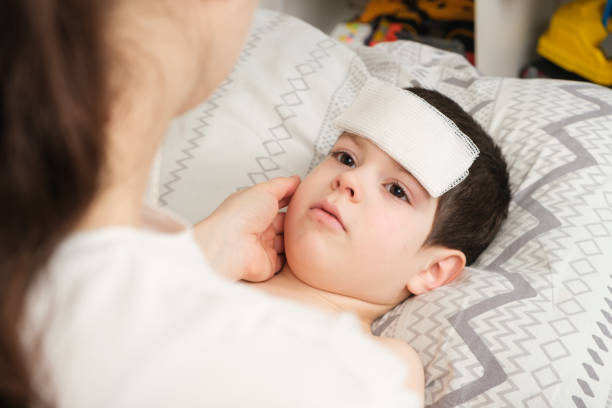
Regression and other symptoms in children 
Regression and other symptoms in children -
Skin symptoms first develop with Lyme disease. You may get unexpected skin rashes or huge bruises for no apparent reason. Itchy or unattractive skin eruptions are possible. They could also be more dangerous, such as B cell lymphoma. Other skin conditions linked to Lyme disease include:
- morphea, or discolored patches of skin
- lichen sclerosis, or white patches of thin skin
- parapsoriasis, a precursor to skin lymphoma
Some of the skin illnesses caused by Lyme disease and transmitted by distinct Borrelia species in Europe are:
- borrelial lymphocytoma, which is common in Europe as an early Lyme marker
- acrodermatitis chronica atrophicans

Skin outbreaks 
Skin outbreaks












